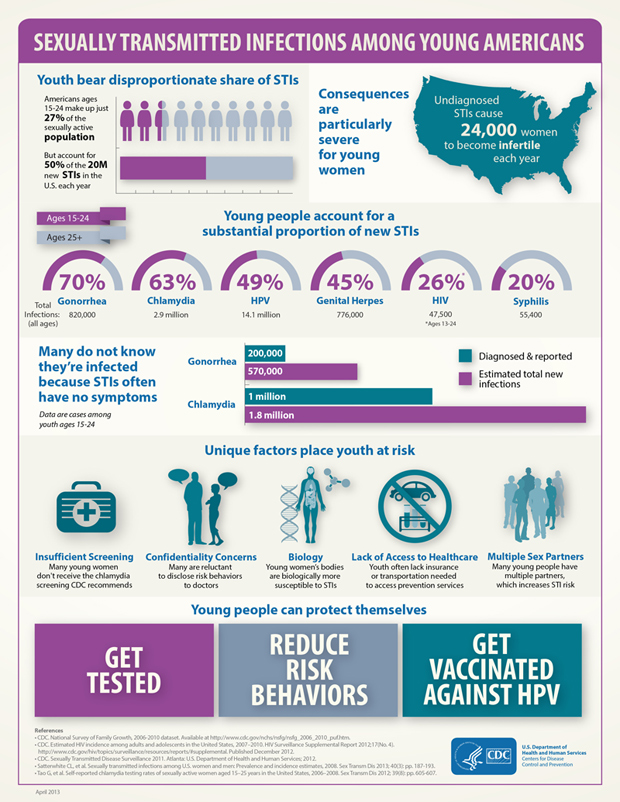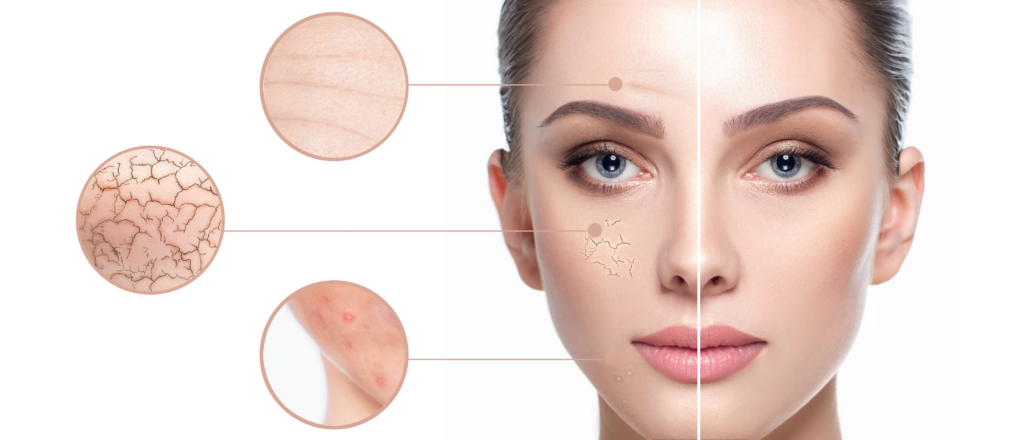Sexual health
Sexually transmitted infections (STIs) have been on the rise in the United States. In April 2021, the Centers for Disease Control and Prevention (CDC) announced that, in 2019, STIs had reached an all-time high for the sixth consecutive year.
In 2019, the CDC received reports of over 2.5 million cases of chlamydia, gonorrhea, and syphilis.
The World Health Organization (WHO) estimates that 1 million STIs are acquired worldwide each day.
Despite rising rates, there is still significant stigma attached to STIs. For some, this might mean individuals are less willing to speak about sexual health concerns or raise questions with a doctor.
This unwillingness to speak openly about sexual health can breed misinformation.
Of course, the internet is a convenient first port of call when someone has a question they would like to ask anonymously. Sadly, not all information that appears on the web can be trusted.
Here, Medical News Today approached some common myths associated with sexual health and asked for input from an expert:
Dr. Sue Mann, a consultant in sexual and reproductive health and a medical expert in reproductive health at Public Health England.
Increasing understanding of sexual health helps people make informed, safe decisions. Although one article cannot brush away deeply ingrained falsehoods, the more trustworthy information that is available, the better.
1. When someone is taking ‘the pill,’ they cannot contract an STI
This is a myth. Oral contraception cannot protect against contracting an STI.
As Dr. Mann explained to MNT, “oral contraception […] only works to prevent pregnancy. The only way to protect yourself from getting an STI when using oral contraception is by wearing a condom.”
Mirroring this, the CDC states: “Birth control methods like the pill, patch, ring, and intrauterine device (IUD) are very effective at preventing pregnancy, but they do not protect against [STIs] and HIV.”
2. The ‘withdrawal method’ prevents pregnancy
The so-called withdrawal method, also called coitus interruptus or the pull-out method, is when the penis is pulled out of the vagina before ejaculation. Although it may reduce the chance of pregnancy, “the withdrawal method is not a reliable way to prevent pregnancy,” said Dr. Mann.
When used accurately, it can reduce the risk of pregnancy, but accuracy can be difficult in the heat of the moment.
Additionally, the penis releases pre-ejaculate, or pre-cum, before ejaculation. In some cases, sperm can be present in this fluid.
In one study, for instance, scientists examined samples of pre-ejaculate from 27 participants. The scientists identified viable sperm in 10 of the participant’s pre-ejaculate.
Each volunteer provided a maximum of five samples. Interestingly, the researchers found sperm in either all or none of their samples. In other words, some people tend to have sperm in their pre-ejaculate, while others do not. The authors concluded:
“[C]ondoms should continue to be used from the first moment of genital contact, although it may be that some men, less likely to leak spermatozoa in their pre-ejaculatory fluid, are able to practice coitus interruptus more successfully than others.”
4. Using two condoms doubles the protection
It is understandable why people might assume two condoms would provide twice the protection, but this is a myth.
“It is actually more risky to use two or more condoms when having sex,” said Dr. Mann. “The likelihood of the condom breaking is higher due to the amount of friction the condom is enduring. A single condom is the best option.”
5. You can contract STIs from a toilet seat
This is perhaps one of the most persistent myths associated with STIs. Yet, despite being repeatedly debunked, it remains a myth. Dr. Mann told MNT:
“STIs are spread through unprotected vaginal, anal, or oral sex, and by genital contact and sharing sex toys.”
She also explained that the viruses that cause “STIs cannot survive for long outside the human body, so they generally die quickly on surfaces like toilet seats.”
Similarly, the bacteria responsible for STIs, such as chlamydia, gonorrhea, and syphilis, cannot survive outside the body’s mucous membranes for a significant amount of time. For that reason, they would not survive on a toilet seat.
6. There are no treatments for STIs
This is not true. However, although they can be treated, not all can be cured. The WHO explains that eight pathogens make up the vast majority of STIs.
Four of the eight are curable: the bacterial infections syphilis, gonorrhea, and chlamydia, and the parasitic infection trichomoniasis.
The remaining four are viral: hepatitis B, herpes simplex virus (HSV), HIV, and human papillomavirus (HPV). These cannot yet be cured. However, it is worth noting that HPV infections are often cleared by the body naturally.
7. You can’t contract an STI unless you have penetrative sex
“Penetrative sex isn’t the only way someone can contract an STI. Oral sex, genital contact, and sharing sex toys are other ways that STIs can be spread,” Dr. Mann told MNT.
Beyond sexual contact, it is also possible to contract an STI from exposure to blood that contains the infectious pathogen, including through sharing needles.
8. Only gay males contract HIV
This is another longstanding and entirely incorrect assumption. According to Dr. Mann:
“Anyone, regardless of sexual orientation, race, ethnicity, age, or gender, can contract HIV. If you have HIV and don’t know it, you’re more likely to pass it on. But if you know your status, you can make sure you and your partner(s) are taking steps to stay healthy.”
Dr. Mann underscores the importance of testing, explaining that in many countries, “testing is free, easy, and confidential. You can even do a test in the comfort of your own home.”
9. You can only transmit an STI if you have symptoms
“A lot of people pass on STIs to others without even knowing,” said Dr. Mann. “STIs can be spread with symptoms or without.”
Indeed, the WHO explains that “[t]he majority of STIs have no symptoms or only mild symptoms that may not be recognized as an STI.”
“That is why,” Dr. Mann explained, “it is important to be tested regularly and to use a condom to prevent STIs as much as possible.”


